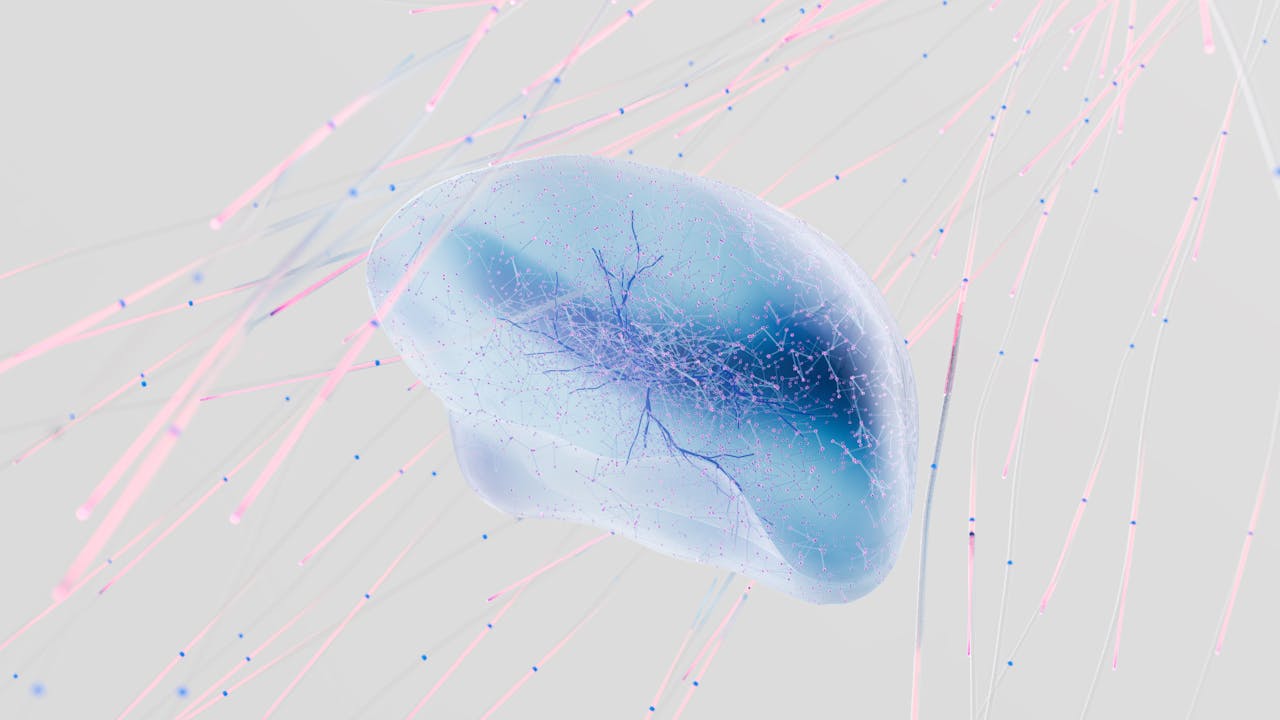News
Green Pea Galaxies Help Explain Early Moments Of Birth Of Universe
The main reason for the universe's heating about 13 billion years ago was baby dwarf galaxies, or the green pea galaxies, reveals research by University of Virginia scientists. This would give insight into the processes taking place in the first few years of the universe.
In the earliest years after the Big Bang, the universe remained a hot, dense state of matter that got ionized only 380,000 years later. At that time, it expanded, cooled and then become neutral, housing the first structures that were created. These were clouds of hydrogen gas and helium, which went on to become stars. Yet, a billion years after the Big Bang, the universe got reheated and hydrogen again became ionized, which was an event that triggered a lot of debate.
With data collected from the Hubble Space Telescope's ultraviolet spectrometer, the scientists found a compact dwarf galaxy releasing a large number of ionizing photons into space between galaxies. These were the photons, they felt had caused the universe's reionization.
"This galaxy appears to be an excellent local analog of the numerous dwarf galaxies thought to be responsible for the reionization of the early universe," Trinh Thuan, co-author of the study, said in a press release. "The finding is significant because it gives us a good place to look for probing the reionization phenomenon, which took place early in the formation of the universe that became the universe we have today."
To enable reionization, galaxies need to release photons into intergalactic spaces between various other galaxies. However, no one has discovered any galaxy that could release enough ionizing radiation till recently.
"As we make additional observations using Hubble, we expect to gain a much better understanding of the way photons are ejected from this type of galaxy, and the specific galaxy types driving cosmic reionization," Thuan said. "These are crucial observations in the process of stepping back in time to the early universe. They paved the way to future observations with the successor of Hubble, the James Webb Space Telescope, planned for launch in 2018, which is expected to revolutionize the field with updated capabilities for detailing the first galaxies and sources of cosmic re-ionization."
The study was published in Jan.13,2016 issue of Nature.









Join the Conversation